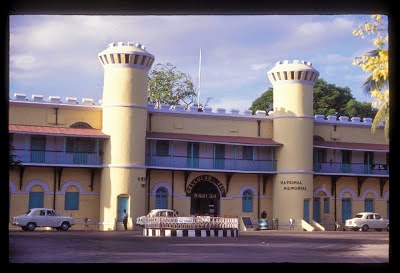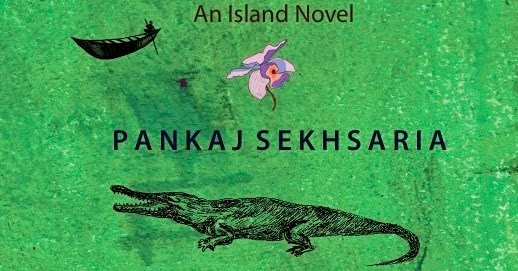Dec 30, 2004
MARK THE NEW YEAR IN A DIFFERENT WAY
Friends,
We are faced today with the aftermath of what is possibly the biggest natural calamity in recorded history in the region. The trail of destruction and death left behind by the tsunami that hit India and other countries in the region is being brought home to us every day. As a nation we need to collectively rise to the ocassion.
Many would already be doing whatever they can to contribute to the efforts of reconstruction and rehabilitation. We would like to suggest a small effort that can be both symbolic as a gesture and meaningful in what it can contribute. Many people across the country would have planned to celebrate New Year's eve/day in different ways. In many cases this would mean a substantial amount of money would be spent as people celebrate to usher in the New Year - in private parties, clubs, hotels, etc. Can we pledge that this year, as a mark of respect and in solidarity to those affected, we shall not participate in any celebrations for the New Year. Instead, let us calculate what each would have spent on the celebrations, and make a contribution to an agency of her/his choice that is helping on the ongoing relief and rehabilitation efforts.
Also, let us collectively pledge that we will shun any display of ostentation to mark celebrations to usher in the New Year - something that has sadly become the hallmark of New Year revelries in many parts.
Further, can we also urge all public places which would go ahead and organise New Year eve celebrations, to donate 50% of the receipts to an agency of choice to support the relief efforts.
Can we also suggest that all entertainment channels on Television to donate 50% of their advertisement revenue received on 31st December for relief efforts.
This is a very small gesture, but can we not make it happen? Please forward this mail to all your contacts if you think such a gesture is meaningful.
(The above appeal has been initiated by friends in the Delhi Science Forum; we hope it will be owned by many others.)
Smitu Kothari
MARK THE NEW YEAR IN A DIFFERENT WAY
Friends,
We are faced today with the aftermath of what is possibly the biggest natural calamity in recorded history in the region. The trail of destruction and death left behind by the tsunami that hit India and other countries in the region is being brought home to us every day. As a nation we need to collectively rise to the ocassion.
Many would already be doing whatever they can to contribute to the efforts of reconstruction and rehabilitation. We would like to suggest a small effort that can be both symbolic as a gesture and meaningful in what it can contribute. Many people across the country would have planned to celebrate New Year's eve/day in different ways. In many cases this would mean a substantial amount of money would be spent as people celebrate to usher in the New Year - in private parties, clubs, hotels, etc. Can we pledge that this year, as a mark of respect and in solidarity to those affected, we shall not participate in any celebrations for the New Year. Instead, let us calculate what each would have spent on the celebrations, and make a contribution to an agency of her/his choice that is helping on the ongoing relief and rehabilitation efforts.
Also, let us collectively pledge that we will shun any display of ostentation to mark celebrations to usher in the New Year - something that has sadly become the hallmark of New Year revelries in many parts.
Further, can we also urge all public places which would go ahead and organise New Year eve celebrations, to donate 50% of the receipts to an agency of choice to support the relief efforts.
Can we also suggest that all entertainment channels on Television to donate 50% of their advertisement revenue received on 31st December for relief efforts.
This is a very small gesture, but can we not make it happen? Please forward this mail to all your contacts if you think such a gesture is meaningful.
(The above appeal has been initiated by friends in the Delhi Science Forum; we hope it will be owned by many others.)
Smitu Kothari







